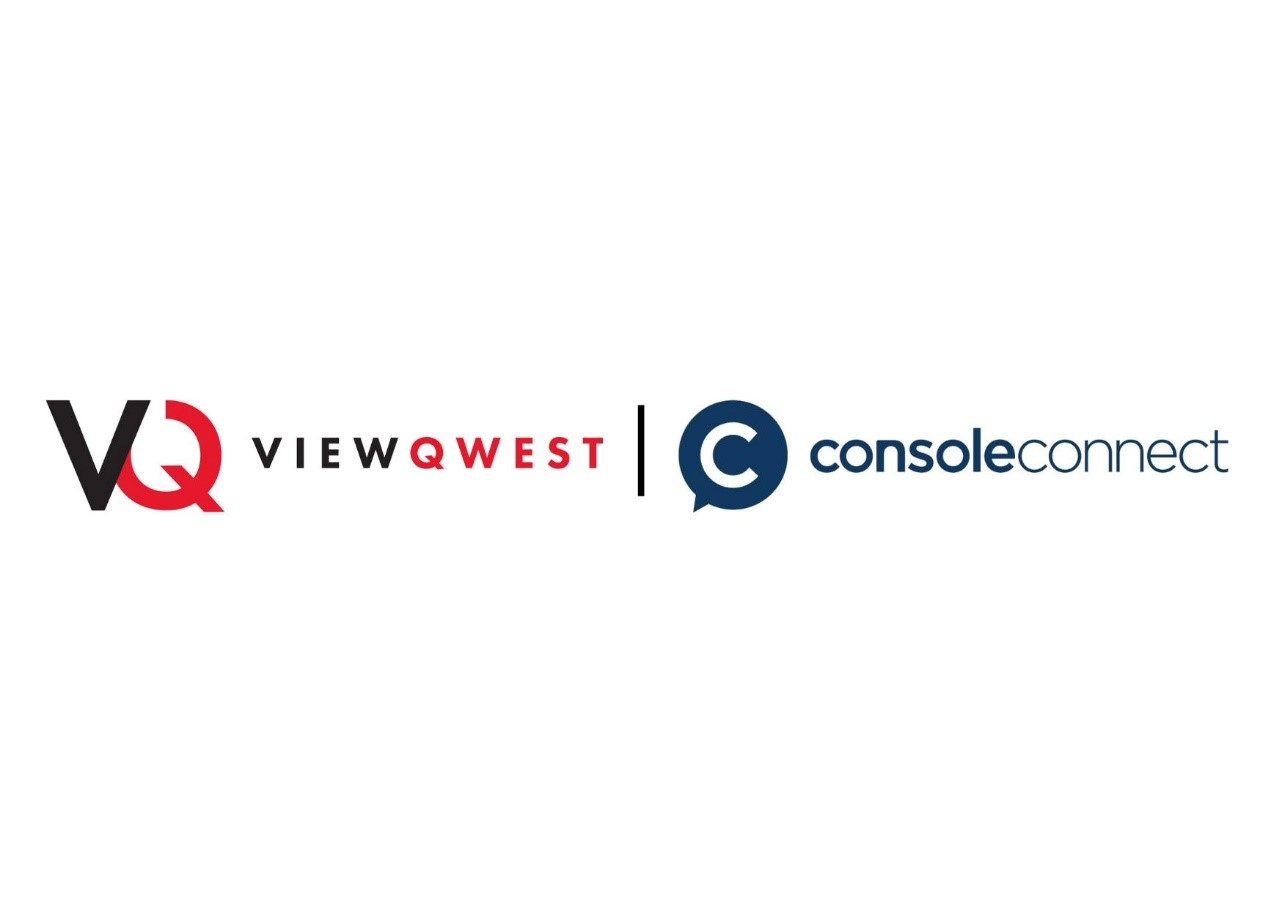Fast and reliable internet has become essential for Malaysian households, powering everyday activities like streaming, gaming, remote work, and smart home management. As of January 2024, Malaysia had over 33.59 million internet users, and an internet penetration rate of 97.4% – with more people relying on stable connectivity for work, play, and everything in between.
But what exactly is the ideal broadband speed for home use in Malaysia?
While the answer depends on factors like how many people live in your household and what you do online, most modern homes will need at least 100 Mbps to enjoy smooth, uninterrupted internet. Larger households with more devices, 4K streaming, or smart home setups may benefit from 300 Mbps or even 1 Gbps for optimal performance.
Knowing your ideal speed matters because too little bandwidth can lead to constant buffering, lag, or slow downloads. On the other hand, you might end up paying for internet bandwidth that you don’t need or use.
In this guide, we’ll help you understand broadband speeds, and choose the right plan based on your home’s internet usage and requirements.
Understanding Broadband Speeds
Broadband speed, measured in megabits per second (Mbps) or gigabits per second (Gbps), indicates how quickly data is transmitted over the internet. 1 Gbps equals 1,000 Mbps, offering significantly faster data transfer rates compared to traditional Mbps-based plans. Higher speeds enable smoother online experiences, reducing buffering, lag, and download times.
For example, a broadband speed of 50 Mbps allows the connection to transfer up to 50 megabits of data per second, making HD streaming seamless and online gaming uninterrupted. Meanwhile, a 1 Gbps connection can handle multiple high-bandwidth activities simultaneously, such as 4K streaming, cloud-based work, and smart home automation, ensuring an ultra-fast and reliable internet experience.
Broadband speeds are categorized into two key types: download speeds and upload speeds.
Download Speed:
This measures how quickly data is received from the internet to your device. In Malaysia, as of January 2025, the median download speed for fixed broadband connections was approximately 204.26 Mbps, placing the country 49th globally in terms of median download speeds.
Activities like streaming videos, browsing websites, and downloading files benefit from higher download speeds. For instance, streaming a 4K movie typically requires download speeds of at least 25 Mbps to avoid buffering and ensure smooth playback.
Therefore, connections significantly below the national median, such as those under 25 Mbps, could be considered slow, while speeds exceeding 100 Mbps are generally regarded as fast.
Upload Speed:
This measures how quickly data is sent from your device to the internet. The median upload speed in Malaysia for fixed broadband connections was approximately 103.67 Mbps.
Tasks such as video conferencing, uploading files to the cloud, and live streaming rely heavily on high upload speeds to maintain clarity and efficiency. Upload speeds of 10 Mbps or higher are considered adequate for most standard online activities, whereas speeds below this threshold might result in noticeable delays during tasks like video conferencing or uploading large files
It’s important to note that perceptions of “fast” or “slow” internet speeds can vary based on individual needs and expectations. However, understanding these benchmarks can help in assessing the quality of your internet connection relative to national standards and personal requirements.
Broadband Speed vs. Bandwidth
While often used interchangeably, broadband speed and bandwidth refer to different aspects of your internet connection:
- Bandwidth: This is the maximum amount of data that can be transmitted over your internet connection in a given amount of time, typically measured in megabits per second (Mbps). Think of bandwidth as the width of a highway – the wider it is, the more cars (data) can travel simultaneously.
- Speed: This refers to how quickly data moves between your device and the internet. This is influenced by bandwidth but also affected by factors like latency and network congestion. Even with high bandwidth, factors such as high latency can slow down your actual internet speed.
Understanding these distinctions helps in selecting a broadband plan that aligns with your household’s needs, ensuring both sufficient capacity (bandwidth) and swift data transmission (speed).
Latency
In addition to internet speed and bandwidth, latency plays a crucial role in internet performance. Latency, measured in milliseconds (ms), refers to the time it takes for data to travel from your device to a server and back (time delay).
Factors affecting latency includes distance (from your device to the server), network congestion, equipment issues (e.g., older/faulty routers), wired or wireless connections and internet speeds.
Low latency is vital for real-time activities like online gaming, video calls, and live streaming, as high latency can lead to delays, causing lag during games or disruptions in video calls, diminishing the overall user experience.
Understanding Latency Levels:
- Optimal Latency: For activities such as online gaming and video conferencing, latency below 20 ms is considered exceptional, providing a seamless experience with minimal delays.
- Acceptable Latency: Latency between 40 ms and 60 ms is generally acceptable for most users, offering a satisfactory experience in gaming and video calls.
- High Latency: Latency above 100 ms can result in noticeable lag, affecting the quality of real-time applications.
Factors That Influence the Ideal Broadband Speed
1. Household Size and Number of Devices:
The number of people in a household and devices they use can impact broadband speed requirements significantly. Each device, whether a smartphone or a security camera adds to the bandwidth demand. Thus, a small household with two devices may require less bandwidth than a larger one with a mix of devices operating at the same time.
2. Online Activities and Bandwidth Needs:
Online activities can be categorized into three levels of usage based on their bandwidth demands:
- Light Use: This includes basic tasks like browsing the internet, checking emails, and engaging with social media platforms.
- Moderate Use: Activities such as streaming in HD, participating in video calls, and casual online gaming fall into this category.
- Heavy Use: This level covers more intensive activities like 4K streaming, downloading large files, and multiple users engaging in high-bandwidth tasks simultaneously.
Understanding these categories helps in identifying your household’s broadband needs based on your everyday activities.
3. Simultaneous Usage:
When multiple users or devices are active at the same time, the overall bandwidth is divided among them. For example, if one person is streaming a 4K movie while another is gaming online, the broadband speed must accommodate both activities without compromising performance. Thus, if the broadband is not strong enough, both parties might experience lag or buffer.
4. Peak Usage Hours:
Internet performance often dips during peak hours when network congestion is high, such as evenings when people are streaming or gaming after work. Higher broadband speeds can help mitigate these slowdowns, ensuring consistent connectivity even during periods of heavy demand.
5. Peak Usage Hours:
As technology evolves, the demand for bandwidth increases. From smart homes equipped with IoT devices to higher-quality streaming and immersive online experiences, future digital growth necessitates higher speeds, mainly 1Gbps to be safe. Investing in a broadband plan that exceeds current needs ensures your connection remains sufficient as new technologies emerge, saving you from frequent upgrades.
Recommended Broadband Speed for Households in Malaysia
Selecting the appropriate broadband speed is crucial for ensuring a seamless internet experience tailored to your household’s specific needs. Factors such as the number of users, connected devices, and the nature of online activities play a significant role in determining the ideal internet speed. Below is a guide to help you choose the right plan:
Light Users (1-2 Users/Devices)
- Activities: Browsing, social media, occasional video streaming.
- Recommended Speed: 10-20 Mbps.
Moderate Users (3-5 Users/Devices)
- Activities: HD streaming, online gaming, video conferencing.
- Recommended Speed: 50-100 Mbps.
Heavy Users (6+ Users/Devices)
- Activities: 4K streaming, large file downloads, smart home systems.
- Recommended Speed: 500 Mbps-1Gbps (For smart homes, plan for 25 Mbps per device to accommodate multiple connected devices).
Tips for Choosing the Right Broadband Plan
Choosing a broadband plan is an important decision that can impact your daily activities and overall online experience. With numerous options available, it’s essential to identify the factors that matter most to your household to find a plan that aligns with your needs.
1. Assess Household Needs
- Start with the basics: Consider how many people regularly use the internet in your home and how many devices are typically connected at the same time. This includes smartphones, laptops, tablets, smart TVs, gaming consoles, and smart home devices.
- Identify types of activities: Not all internet use is equal. Light tasks like web browsing or checking emails have minimal impact, while activities such as HD/4K streaming, online gaming, and video conferencing demand much more bandwidth.
- Understand usage overlap: If one person is attending an online meeting while another is streaming Netflix in 4K or gaming online, the household’s bandwidth can be stretched thin without the right plan.
- Factor in smart devices: Smart speakers, cameras, appliances, and other IoT devices may not use a lot of data individually, but collectively they can contribute to higher background usage, especially in smart homes.
- Think about daily patterns: Consider when internet usage peaks in your home. Are multiple people online in the evenings or during work hours? Understanding peak usage helps you plan for consistent performance throughout the day.
- Plan for stability, not just speed: It’s not just about how fast your internet is, but how well it performs when everyone is online. A suitable plan should support the total usage of your household without drops in quality or speed.
2. Consider Future Requirements
- Plan for future growth, like adding smart home devices, additional family members, or embracing newer technologies that require higher speeds.
- Opt for a plan that can scale as your household’s digital needs evolve.
3. Compare Providers
- Research broadband providers and prioritize those that offer reliability, stable connections, and speed guarantees.
- Consider customer reviews, service support, and value-added benefits to ensure a smooth and dependable experience.
Finding the ideal broadband speed for your home comes down to understanding your household’s unique internet habits – how many people are online, how many devices are connected, and what kind of activities take place daily. Whether it’s light browsing, HD or 4K streaming, online gaming, or managing multiple smart home devices, your connection needs to keep up with the pace of modern digital life.
As broadband usage continues to grow across Malaysia, particularly with more users turning to high-speed options like 1Gbps, having a connection that offers both stability and scalability is key. From low-demand homes to data-heavy households, there’s no one-size-fits-all solution but knowing what to look for makes all the difference.
ViewQwest Malaysia’s home fibre broadband plans are currently available in the Klang Valley and Johor Bahru areas, offering speeds ranging from 300 Mbps, 500 Mbps and 1 Gbps. These plans are designed to suit different household sizes and internet habits, whether it’s light browsing, HD streaming, remote work, or supporting a fully connected smart home.







